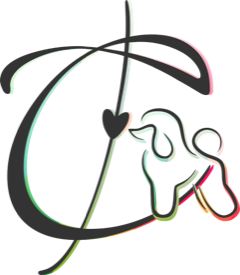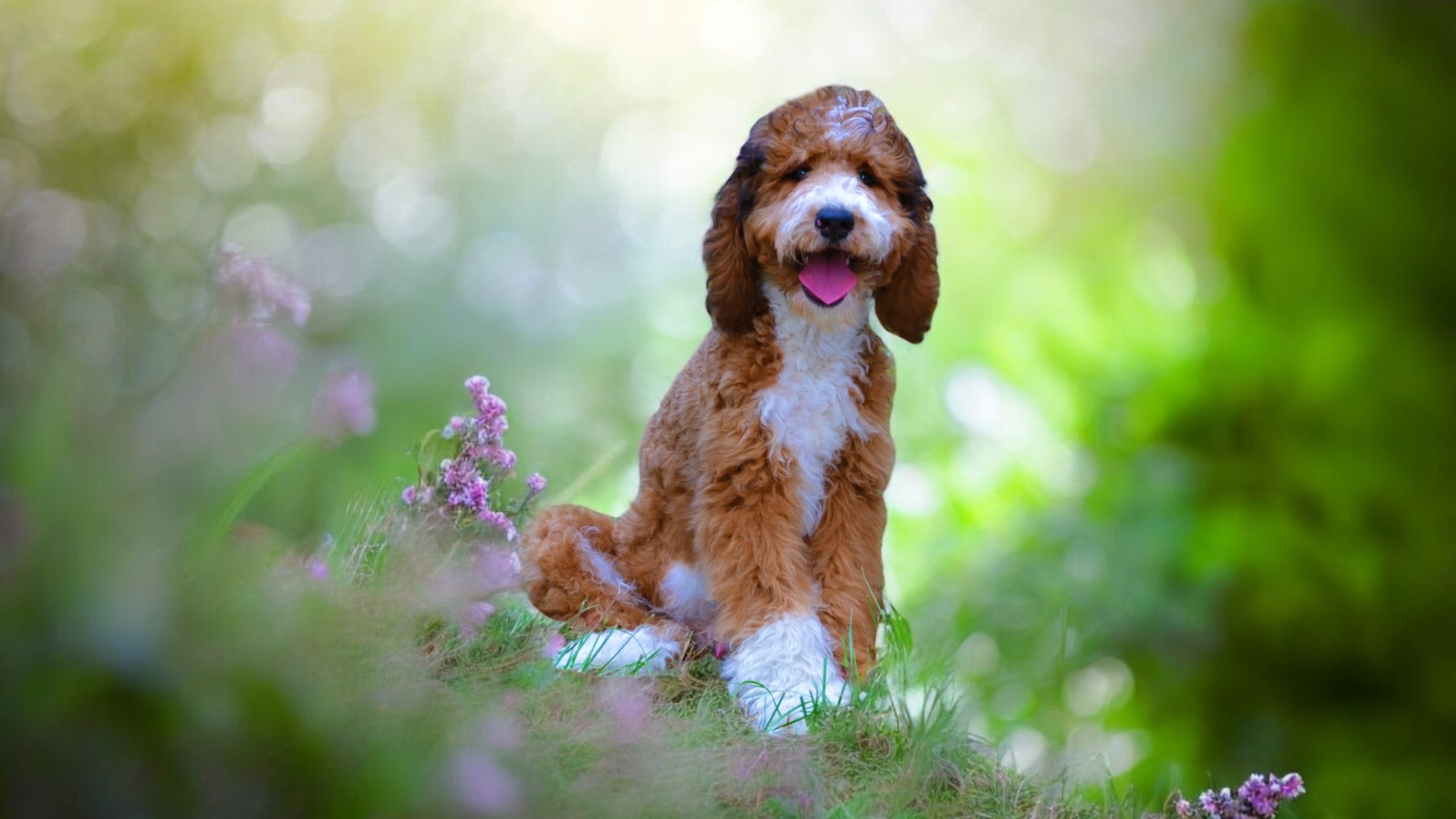Through the eyes of standard, giant poodles
The stereotype of the “dog-cat friendship” has existed for centuries, as these two species are often thought to be natural opposites. But is it really true that dogs and cats can’t form friendships?
The answer is: not necessarily. Under the right circumstances and upbringing, a dog and a cat can develop a close, deep bond. This is especially true for friendly, easy-to-train breeds like the giant poodle also known as the standard poodle.
The key to friendship – Early socialization
One of the most important factors in ensuring peaceful coexistence between a dog and a cat is for them to meet during their early socialization period. Puppies and kittens are naturally curious and playful, so if introduced properly, it helps them see each other as friends rather than foes.
The standard poodle is particularly suitable for peaceful coexistence, as it is known for being friendly, intelligent, and easy to train. Poodles quickly adapt to new environments and animals, so a well-socialized, gentle-natured poodle is much more likely to accept a cat as a companion compared to other, less adaptable breeds.
The poodle’s friendly nature
Poodles, especially large varieties like the giant poodle, are famous for their friendly temperament and social skills. This nature makes them ideal for families with other pets, whether cats or even other dogs.
Multicolor poodles, such as the particolor poodle or the royal patterned poodle, are just as capable of forming harmonious relationships with other animals. These dogs often retain their puppy-like curiosity and playfulness, which makes it easier for them to adjust to life with cats.
Personal experience – Dog and cat friendships in our home
At our giant poodle breeding environment, we have witnessed the formation of dog-cat friendships multiple times. One of the best examples is the 6-month-old Curly&Lovely Curry, a shaded sable royal patterned giant poodle, who not only plays with other dogs but also gets along with cats.
In our recent case, several unique cat breeds—New Wave Kitty Abigail, New Wave Kitty Alain, and New Wave Kitty Alice—became Curry’s playmates. Each cat is a rare, unique breed: the blue-white bicolor dominant blue-eyed Selkirk Rex, the red-white bicolor dominant blue-eyed standard Lambkin, and the Tortie dominant blue-eyed non-standard Lambkin. Despite their different personalities, they were able to accept Curry’s energetic yet friendly nature.
How does dog-cat bonding work in reality?
We can see Curry and the kittens discovering each other while playing with a puzzle game. The goal of the game is to retrieve treats from designated spots, which presents a challenge for both the dog and the cats.
Curry barks occasionally, not out of aggression, but to draw attention and signal that he also wants to participate in the game. The cats hissing is more of a warning to maintain some distance, but it doesn’t mean they’re afraid or hostile—they’re just in an exploratory phase. Interactions like these between dogs and cats are often a form of communication, where they learn each other’s boundaries and reactions. It was the first time the kittens and Curry played together.
The importance of play is the mental stimulation and well-being
Play is crucial for dogs, especially intelligent breeds like the giant poodle, to keep their minds sharp. Breeds with high intelligence, such as poodles, can easily become bored without enough mental stimulation. Puzzle games help keep a dog’s mind active while also providing enjoyment.
This is especially important for breeds like the standard poodle. Ensuring sufficient physical and mental stimulation not only contributes to a dog’s happiness but also to their long-term health.
How to foster dog-cat friendships?
If we introduce our dog and cat when they are young and ensure proper socialization, the chances of peaceful coexistence are much higher. Giant poodles make excellent companions for cats, particularly when they have a friendly, playful temperament.
A dog-cat friendships do exist, and with the right attitude and training, they can form a close bond that lasts a lifetime. In our home, the harmonious coexistence of poodles and cats proves that, despite stereotypes, a truly loving and playful relationship can develop between these two different species.

